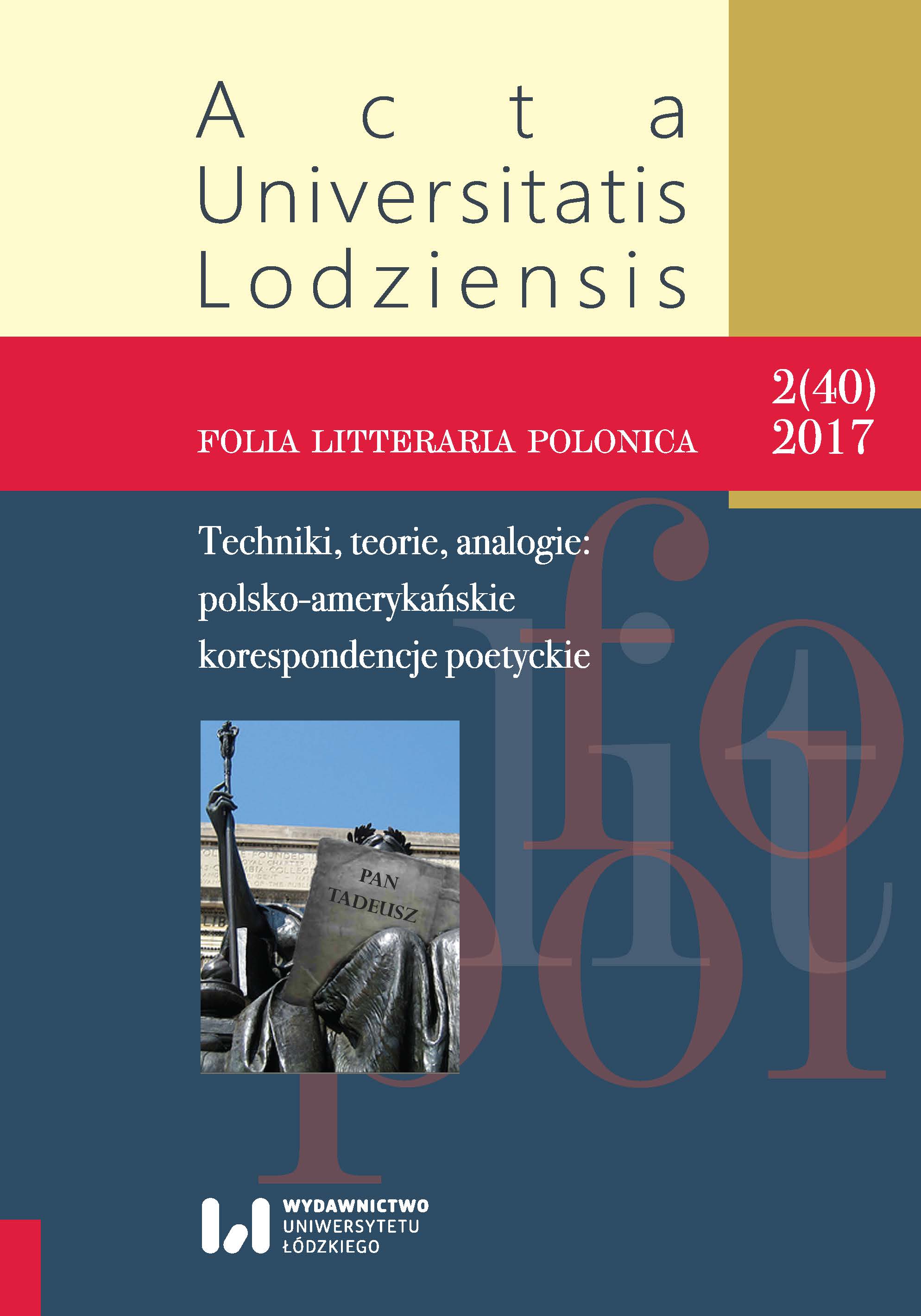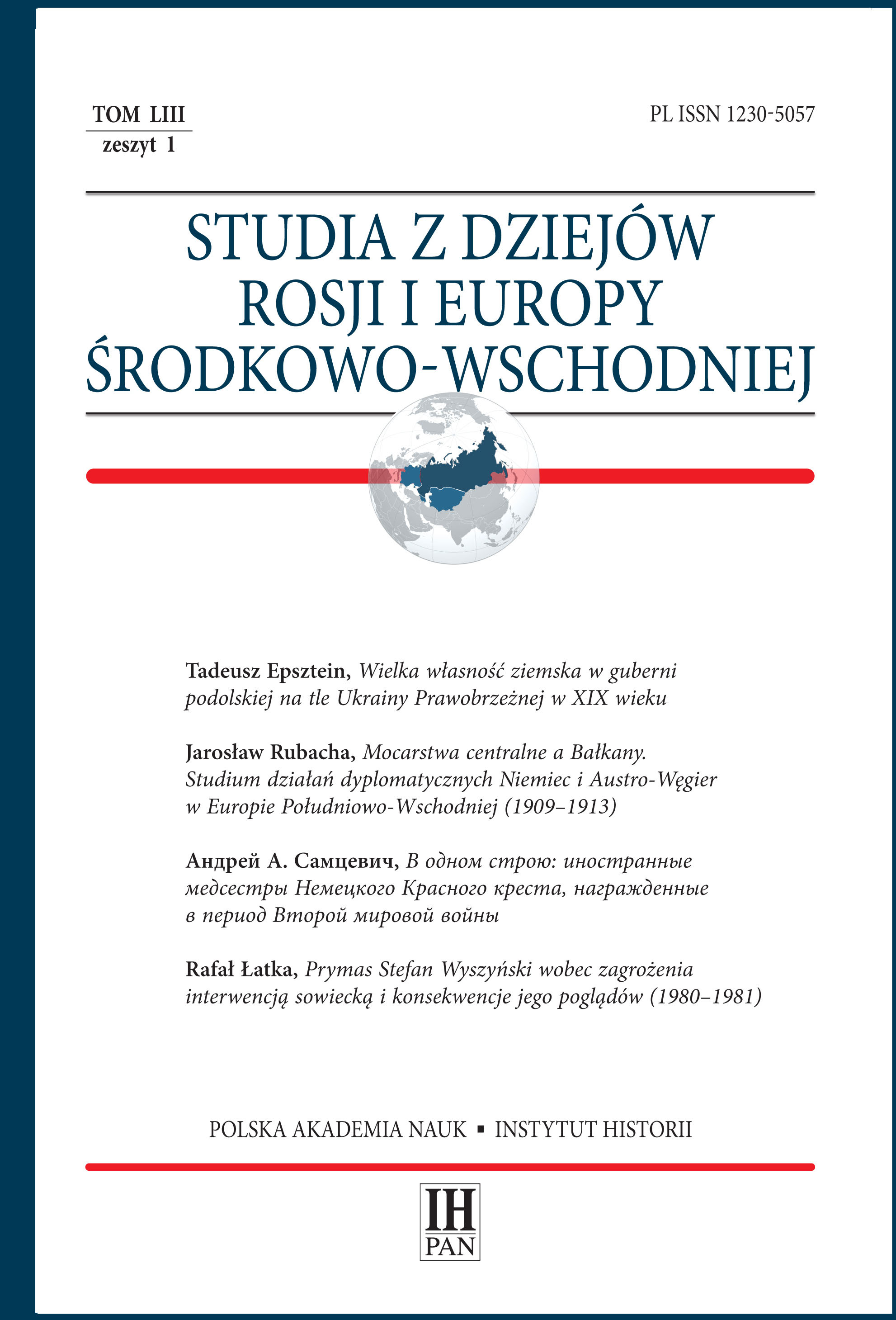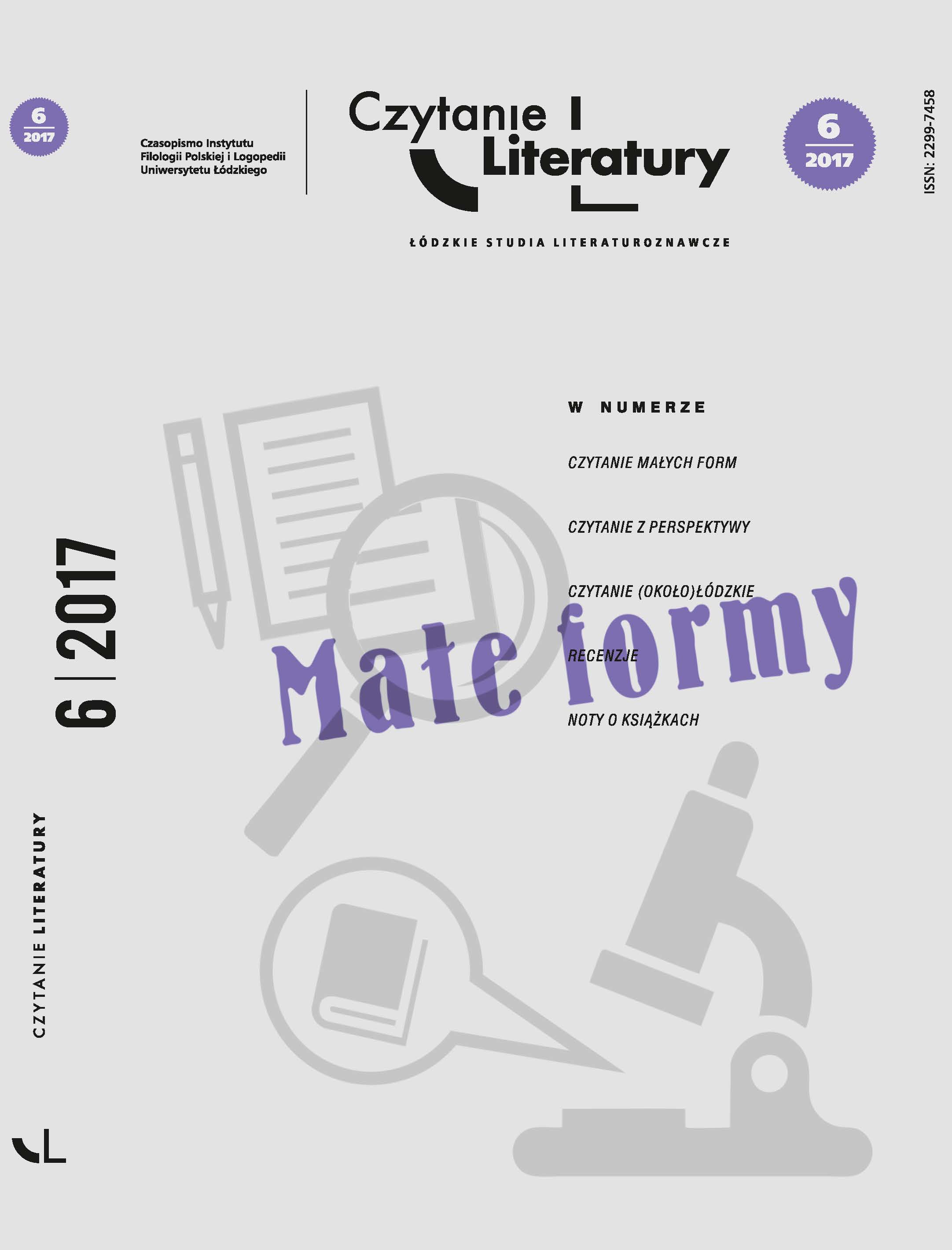Author(s): Marta Bukowiecka / Language(s): Polish
Issue: 6/2017
The purpose of this article is to analyse works by Tadeusz Różewicz in terms of text coherence. Różewicz’s writings seem to be open in the sense that they do not close within one form which could be recognised as the final form. Instead, they keep evolving, published in consecutive volumes or two simultaneous printed versions – handwritten and seemingly final. In his output, Różewicz goes beyond the framework of literary genres and artistic style, and also beyond the sphere of text which could be identified by his voice, as he creatively uses ready-made functional forms. This makes it possible to show two dominant text-generating strategies in his works: exhibiting the processuality of creation and literary recycling, which are both based on the experimental processing of non-artistic language. Różewicz’s works – seemingly open, labile and undurable – do form, in fact, a holistic and coherent conception of literariness, which is difficult to perceive through the analysis of a single work or even the whole collection of poems, but is revealed upon a holistic look at his literary output. In his works, meanings are not formed within a single text, but between its various variants, and thus, both texts and the relationships between them are crucial here. Opening the composition of his works, Różewicz projects multidirectional reading, contextualised, simultaneous and joining all dispersed versions of any given work into one complex unity. This is how he also legitimises his open technique of working on text as a metaliterary issue, an object of representation and, at the same time, an integral constituent of a literary work, and the work itself he treats as a dynamic process and not a structure closed within the forms that integrate the work. The theoretical point of reference for my studies is the concept of genre substitute coined by Kazimierz Wyka, the conception of text cohesion by Maria Renata Mayenowa and Włodzimierz Bolecki, and assumptions of genetic criticism. // Artykuł poświęcony jest analizie twórczości Tadeusza Różewicza, rozpatrywanej ze względu na zagadnienie spójności tekstu. Utwory Różewicza sprawiają wrażenie otwartych w tym sensie, że nie zamykają się w jednej formie, którą można by uznać za ostateczną, ale wciąż ewoluują, publikowane w kolejnych tomikach lub w dwóch równolegle drukowanych wersjach, rękopiśmiennej i sprawiającej wrażenie ostatecznej. Autor wykracza w swojej twórczości poza ramy gatunków literackich czy stylu artystycznego, a także poza sferę tekstu, którą można zidentyfikować z jego głosem, i twórczo wykorzystuje elementy gotowych wypowiedzi użytkowych. Pozwala to wskazać w jego twórczości dominację dwu strategii tekstotwórczych: eksponowaniu procesualności tworzenia i literackiego recyklingu polegającego na eksperymentalnym przetwarzaniu języka nieartystycznego. Utwory Różewicza, pozornie otwarte, labilne i nietrwałe, w istocie tworzą jednak całościową i spójną koncepcję literackości. Trudno ją uchwycić w analizie pojedynczego utworu czy nawet całego tomiku, tę właściwość pisarstwa Różewicza ujawnia całościowe spojrzenie na jego dorobek. Znaczenia w jego utworach formują się nie tyle w obrębie pojedynczego tekstu, ile między różnymi jego wariantami, a więc znaczące są tu i teksty, i łączące je relacje. Otwierając kompozycję swoich utworów, Różewicz projektuje lekturę wielokierunkową, skontekstualizowaną, równoległą i zespajającą rozproszone w całym dorobku wersje utworu w jedną złożoną całość. Sankcjonuje tym samym swój otwarty warsztat pracy nad tekstem jako metaliteracki problem, przedmiot reprezentacji i zarazem integralny składnik utworu literackiego, a samo dzieło traktuje jako dynamiczny proces, a nie strukturę zamkniętą w scalających utwór formach. Teoretycznym punktem odniesienia moich rozważań jest koncepcja zamiennika gatunkowego Kazimierza Wyki, koncepcje spójności tekstu Marii Renaty Mayenowej i Włodzimierza Boleckiego oraz założenia krytyki genetycznej.
More...



